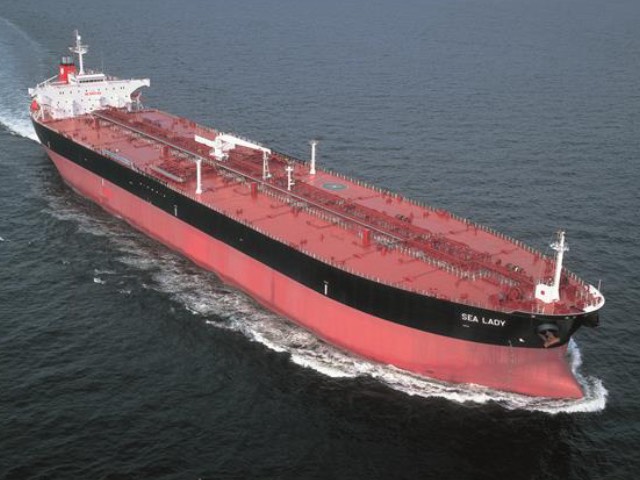Freight rates for the West African dirty tanker segment have declined significantly over the past week, with sources pointing to lower levels of cargo demand, a build-up of free-of-cargo vessels and a cooldown in the US Gulf market.
Platts, part of S&P Global Commodity Insights, assessed freight on the 135,000 mt West Africa-UK/Continent route at $16.98/mt on April 19, down 20% from a near three-month high of $21.31/mt on April 12.
“It’s a tough market to call, but I do think it’s at the lower end of the scale,” a London-based Suezmax broker said.
“The market is going down, although I had thought owners would hold out given the uncertain situation surrounding Israel and Iran,” an India-based shipbroker said.
Earlier in the month, the WAF Suezmax market had spiked due to support from a strengthening US Gulf sector and a rush by charterers to clear outstanding cargoes for late-April loading dates. However, after these cargoes were fixed and US Gulf rates began to come off, the supply-demand fundamentals shifted in favor of charterers, forcing owners to revise their ideas downwards.
“There’s no volume [coming out of WAF],” a second London-based Suezmax broker said.
“The paper market has been flat, and USG-TA is coming off, so this should clear things for ships coming from Gibraltar,” a South America-based shipbroker said.
Cooling WAF VLCC rates
In addition to the decline in WAF Suezmax rates, the WAF Very Large Crude Carrier market has also come under pressure over the past week, although to a lesser extent. This marks a reversal of the pattern seen for most of the first quarter of 2024, when it was the VLCC market which was highly volatile, while Suezmax rates remained rangebound.
Platts assessed freight on the 260,000 mt WAF-Far East route at $22.34/mt on April 19, down 6% from $23.77/mt on April 15 and almost 30% from an eight-month high of $31.28/mt on Feb. 19.
Sources have attributed this recent retreat of rates to muted cargo inquiry levels as well as pressure from softening Persian Gulf VLCC and WAF Suezmax markets.
There is also a feeling that rates could begin to drop further as the loading window moves closer to the summer months, which is traditionally a period of lower demand compared to the winter, according to sources. WAF VLCC fixtures will typically load in the region of four weeks in advance of when the vessel is put on subjects, meaning that some voyages negotiated in the first decade of May will begin to fall under June laycans.
“As we are approaching the summer months naturally things tend to quieten down, we don’t see as much fixing,” a London-based VLCC broker said. “This is normally the case based on previous years — everyone will be off on their summer holidays, which affects the info getting around and demand for sure.”
Source: Platts









































